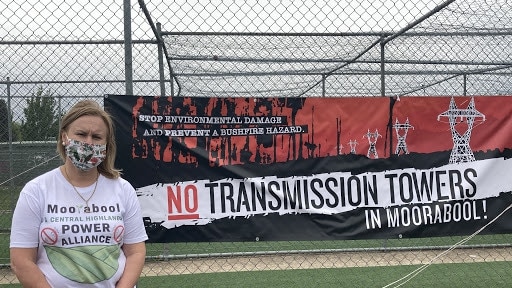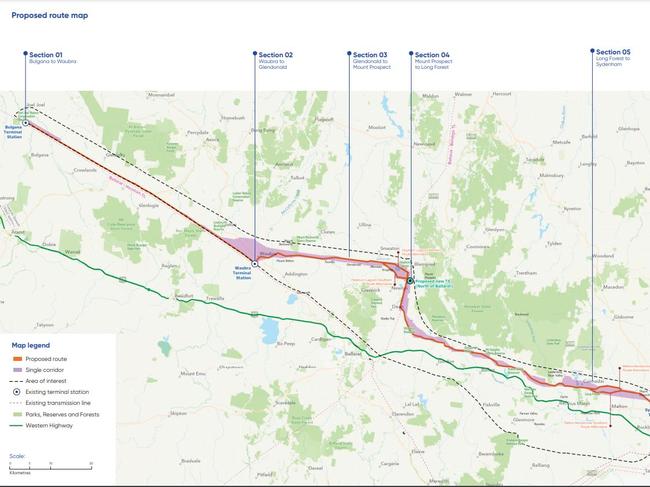Western Victoria Transmission Network Project route refined: Big drop in affected landholders
AusNet has re-routed its Western Victoria Transmission Network Project to cut the number of affected landholders.

AusNet has refined the route of its 190km Western Victoria Transmission Network Project, reducing the number of affected landholders from 460, under its original proposal, to 250.
The route travels from Bulgana, near Stawell to Sydenham in Melbourne’s northwest, via a new terminal station north of Ballarat.
WVTNP executive project director Stephanie McGregor said the new route had been designed to run along existing transmission line easements and at a maximum distance from houses as much as possible, and to minimise impacts – including on Aboriginal cultural heritage, agriculture, and vegetation.
“Determining this proposed route is a positive step toward unlocking more clean, renewable energy as the state moves to sustainable green power in coming years,” Ms McGregor said.
There are three locations along the route where alternative options are still being investigated – at Hepburn Lagoon, Darley and Melton Aerodrome – due to potential visual, landscape, Aboriginal cultural heritage and aviation impacts.
Ms McGregor said AusNet Services had planned to finalise the route by the end of this year, but it was a complex project and important to take the time to investigate these alternatives.
“Sharing the proposed route now will ensure much-needed clarity for around 220 of the 460 landholders that were within the single corridor. They now have the confirmation that their property is not on the proposed route,” she said.

Moorabool and Central Highlands Power Alliance chair Emma Muir said AusNet had chosen “the shortest and cheapest route”.
“Apart from all the spin, what they’ve done is just narrowed the original route (to reduce the number of affected landholders),” she said.
The route still skirts bushland, which the Alliance fears could exacerbate summer fire risks and cuts through some of the best potato-growing country in Australia.
AusNet has already stated it will pay compensation of more than $200,000 for each high-voltage tower it builds on rural properties.
At this stage none of the powerlines will be buried, with AusNet arguing it would increase costs 16-fold.
AusNet reported: “the investigation has found that undergrounding the transmission line would require significant soil and vegetation removal and disturbance of Aboriginal cultural heritage, would limit opportunities for future renewable development, not meet the technical availability and reliability requirements of the electricity system, and cost approximately 16 times more. “As a result, overhead construction has been recommended by the investigation.”
AusNet Services’ land liaison officers are now contacting each landholder within the proposed route to discuss their specific land use and requirements, the proposed route, easements and compensation.
Webinars will also be held on Tuesday 30 November at 7pm and on Thursday 2 December at 7pm.
Face-to-face community information sessions will then be held at Waubra, Miners Rest, Darley, Melton and Ballarat between 6-12 December.




